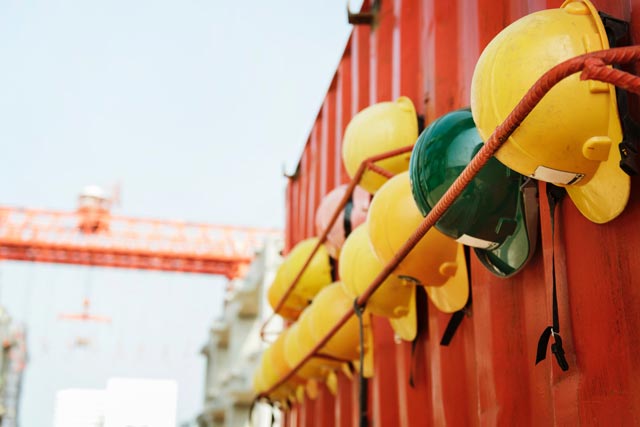
Advantages of Steel Framing for Modular Construction
Steel Framing
Design adaptability, high strength, and the ability to maintain close field tolerances are several of the key reasons why the use of steel framing is increasing in commercial and residential modular construction.
The load resisting capacity of structural steels enable the modular units to be stacked atop one another. Design flexibility and versatility are almost unlimited. Structures using different forms and sizes can be design in this type of framing system with ease. Now a days, steels and its alloys constitute more than fifty percent of structural loads.
Steel Speeds Erection
The ability to maintain good field tolerances, up to 1/8th inch over a 60 feet span, is one reason why steel is so well suited to the modular concept. Virtually eliminated are erection delays due to misalignment of units.
Investors are able to save almost 10% in construction and interim costs through the economies of factory construction and rapid field erection.
All of the buildings shown here were ready for occupancy within 45 to 60 days after contract signing – about a four month lead over conventional construction.
Steel improves probability of units
The strength and rigidity of steel framing enables the individual units to be moved with relative ease, both on the assembly line and in the field. The probability of this type of construction is of particular advantage to the owner who wishes to relocate the building at a later date. Moreover, old sections can be redesigned to create new forms while renovating old buildings.
Concept adaptable to variety of structures
Steel frame modular construction is well suited for office buildings, banks, schools, motels, retirement centers, apartment complexes, dormitories, and private residences.
This frame concept in modular construction cuts a lot of structure cost. It also makes possible close tolerance controls not available with other materials.
Source of the article : Information by Bethlehem Steel’s in Architectural Record





